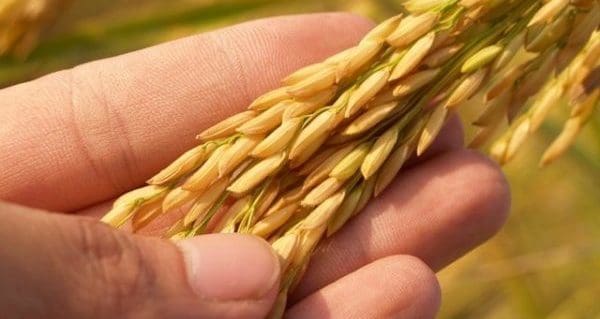By Mitchell Japp and Rich Wilkins
Triple-rinsed pesticide containers can go back to the depot. Grain bags can be recycled. But what should be done with left-over treated seed?
Planning the correct amount of seed to treat reduces the amount left over at the end of seeding. Over-treating is an expense, but there are many reasons why having a little bit of extra seed makes sense.
Treated seed is a hazardous product, so disposal guidelines are designed to protect animals and the environment. Burying or dumping the treated seed at the edge of a slough or in a bush somewhere is ineffective and a violation of the Pest Control Products Regulations, 1995. This type of activity has previously resulted in the death of both livestock and deer that fed on the treated seed.
Some seed dealers may accept seed of a known variety and known treatment if it is in or with the original packaging. In many cases, however, treated seed will not be acceptable for return.
[emember_protected for=”2″ custom_msg=’For more on this story, please see the May 4 print edition of The Cross Roads.’]
The simplest and preferred method of disposal is to seed it out. On the last field before a seed change, keep seeding until the tank is empty. Seed treatments need soil contact to break down, so running the seed on top of the ground does not work. Some seed treatment labels may not allow this option, but it could be seeded on a fallow field and then sprayed out.
Storage can be an option. Check with the manufacturer to see if they support their products for carryover of seed and for how long. Germination decreases over time for all seed and decreases faster for poor quality seed, diseased seed or seed in poor storage conditions.
Treated seed intended for carryover should be stored in a properly sealed hopper bottom bin, ideally with smooth walls. Transfer equipment should be checked to ensure no contaminants are added that may encourage spoilage. Prior to seeding, properly probe the bin and get germination, vigour and disease control tested.
Small amounts can be buried, but because soil contact is required for breakdown, the amounts should be less than five litres. The top of the pile should be 30 cm or more below the soil surface. The burial location should be reasonably far away from any water sources and be inaccessible to people, pets, livestock and wildlife.
For larger amounts, landfills are rarely an option. Many landfills will not handle treated seed because of potential wildlife poisoning or environmental contamination.
The final option is to hire a waste management firm to collect and dispose of the treated seed. There will be a fee for this service.
Some hazardous waste facilities include:
- Clean Harbors;
- Tervita;
- GFL Environmental (formerly Envirotec).
For more information, see the Canadian Seed Growers’ Association’s Guide to Treated Seed Stewardship.

